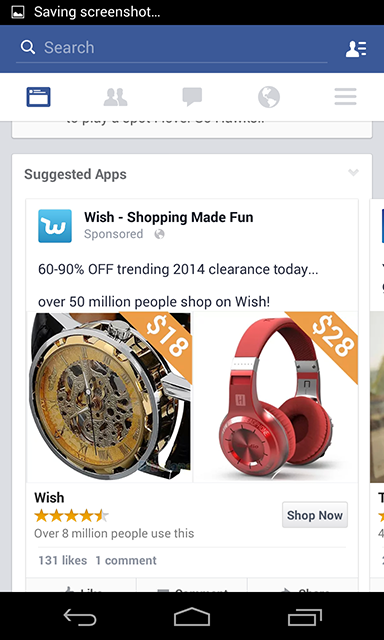Strengths
|
Potential problems
|
Examples
| |
Viral advertising
| Easily spread without having to pay for placing it on different platforms because the audience spreads it for you. | Viral campaigns are tough to create - Viral campaigns have to be original, relevant and balance the company’s brand and commercial messages with using the appeals needed. | Old spice |
Native advertising
| It's creative and can tell a story without having the product right in your face with video ads. | Sometimes the focus is lost and some cannot understand what the advert is about until usually the end with video ads and sometimes unknown what is being presented. This can also be deceitful. | Trending twitter - E.g: Samsung television Buzzfeed - E.g: Links to other sites but are disguised as their own and apart of their own page  |
Targeted advertising
| It's a clever way to personally address your target audience by giving them suggestions to products without them having to watch other ads that they are not interested in. | Most would say it intrudes your privacy and cannot be trusted as it disturbs your social media of which is usually used to relax and get away from ads. | Facebook advert - E.g: Wish, movies, TV shows etc Sponsored stories on other sites which appeal to your interests.  |
Shoppables and Influencers
| Quick and straight to the point with buying and their ads. | Can be annoying as they can consume your feed on instagram and snapchat as some ads are shown straight after viewing a story. | Snapchat - E.g: Adidas advert for their shoes and different movie trailers etc (Could not find a picture for the first example)  |
Popular posts from this blog
Minecraft hw article
According to the writer, why might autistic children such as his son, be attracted to minecraft? It teaches basic skills with the use of their creativity. Such as collecting supplies for certain objects to be created. The writer's son was autistic. Which features are included in the educational version of minecraft and how useful do you think they might be as an educational tool? It teaches children simple things that we know of now such as if you put sand in a furnace it creates glass and a sword was made out of iron, it would be stronger than one made of wood. Why, does Bergensten suggest, have copycat versions of minecraft been less successful? The copied versions have been trying to appeal to those who enjoy better graphics then the simplistic blocky textures. What is meant by the 'modding community'? Modding community refers to those who create 'mods' in the game which include texture maps, items, creatures and their own storylines/adventures. These d...
NEWS VALUES
News values News today is converged and dispersed across a range of platforms with a huge range of sources/ producers including audiences who share the news and alter its meaning by adding their own hyperlinks and comments. News values systematically construct rather than simply accompany the gathering of news. These are not values consciously held by journalists. Most maintain the ideal of achieving objectivity or truth. Galtung and Ruge (1981) These theorists argued that news is structured according to unspoken values, rather than discovered. Frequency This value is to do with the time scale of events perceived to be newsworthy. In pre- web 2.0 days, stories which unfolded daily were flavoured. Now with a much faster news agenda, 24 rolling news channels, online and social, events need to be much more frequent to be favoured in new coverage. Threshold This is the size of the event that's needed for it to be considered newsworthy. Commonly occurring events happening t...

Comments
Post a Comment